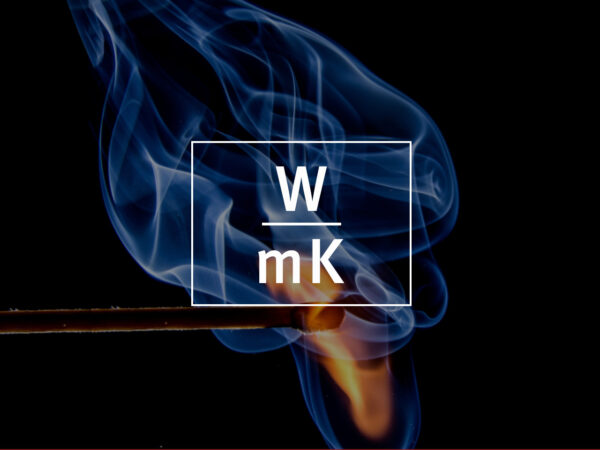Thermal Conductivity
Materials Ranked by Thermal Conductivity
Aluminum Nitride (AlN) provides the highest thermal conductivity, but the level depends on the grade. China Ceramic Parts PCAN 3000 is the highest with 230 W/M/K. The industry standard tends to be 170-180 W/M/K with lesser grades down to 150 W/M/K. Grades of Boron Nitride can offer thermal conductivity at around 120 W/M/K and Shapal Hi M soft at 93 W/M/K.
The management of Thermal conductivity depends on many factors , from operating temperature and applications, to how many different materials are involved with joints causing losses at interfaces, down to passive or active cooling .
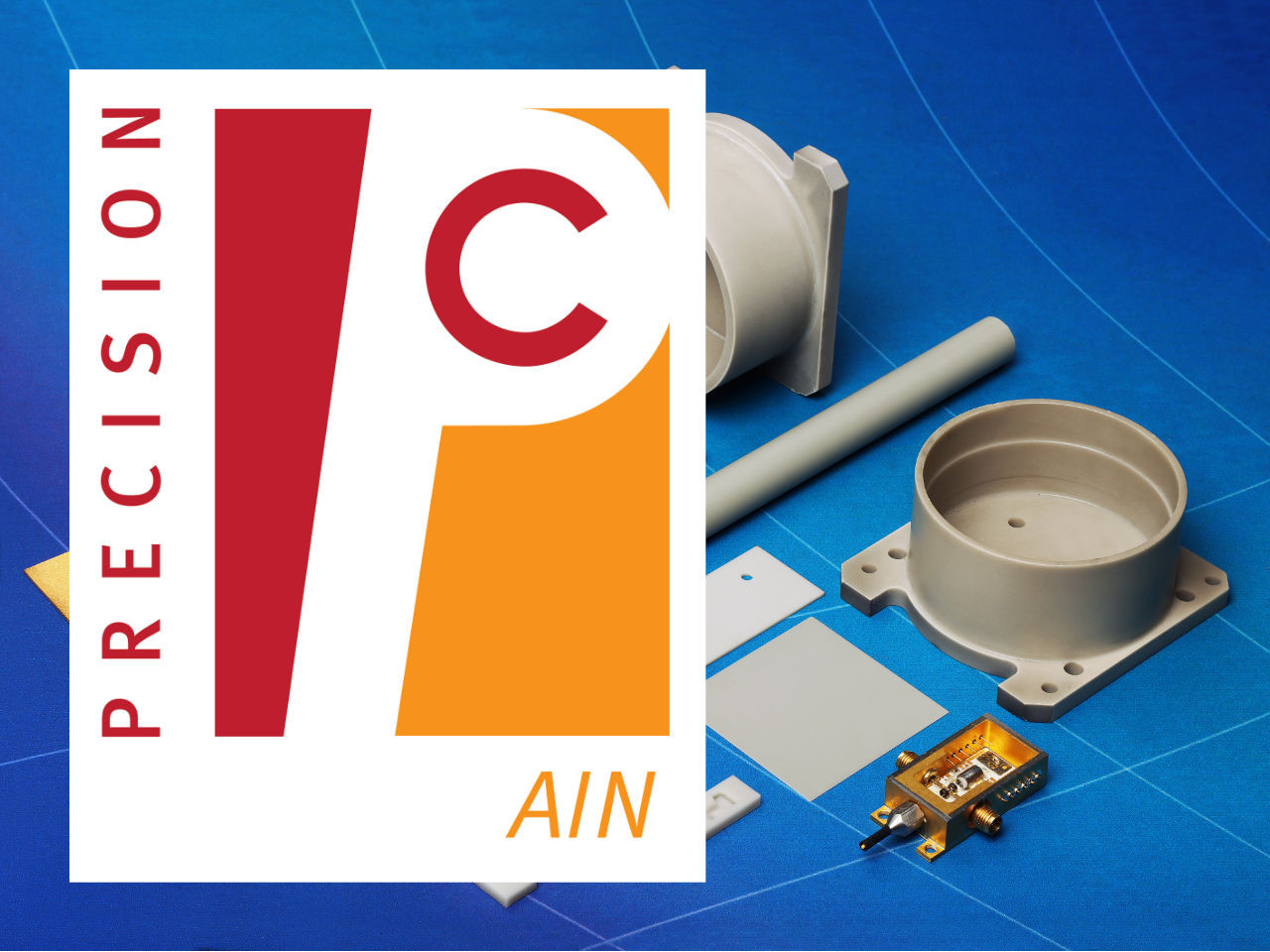
Aluminum Nitride (AlN) – CeramAlum™
230 [W/mK]
Aluminum Nitride (AlN) is an excellent material to use if high thermal conductivity and electrical insulation properties are required; making it an ideal material for use in thermal management and electrical applications.
Details
Silicon Carbide (SiC) – CeramaSil-C™
Silicon Carbide (SiC) is one of the lightest, hardest, and strongest advanced ceramic materials with exceptional thermal conductivity, acid resistance, and low thermal expansion.
Details
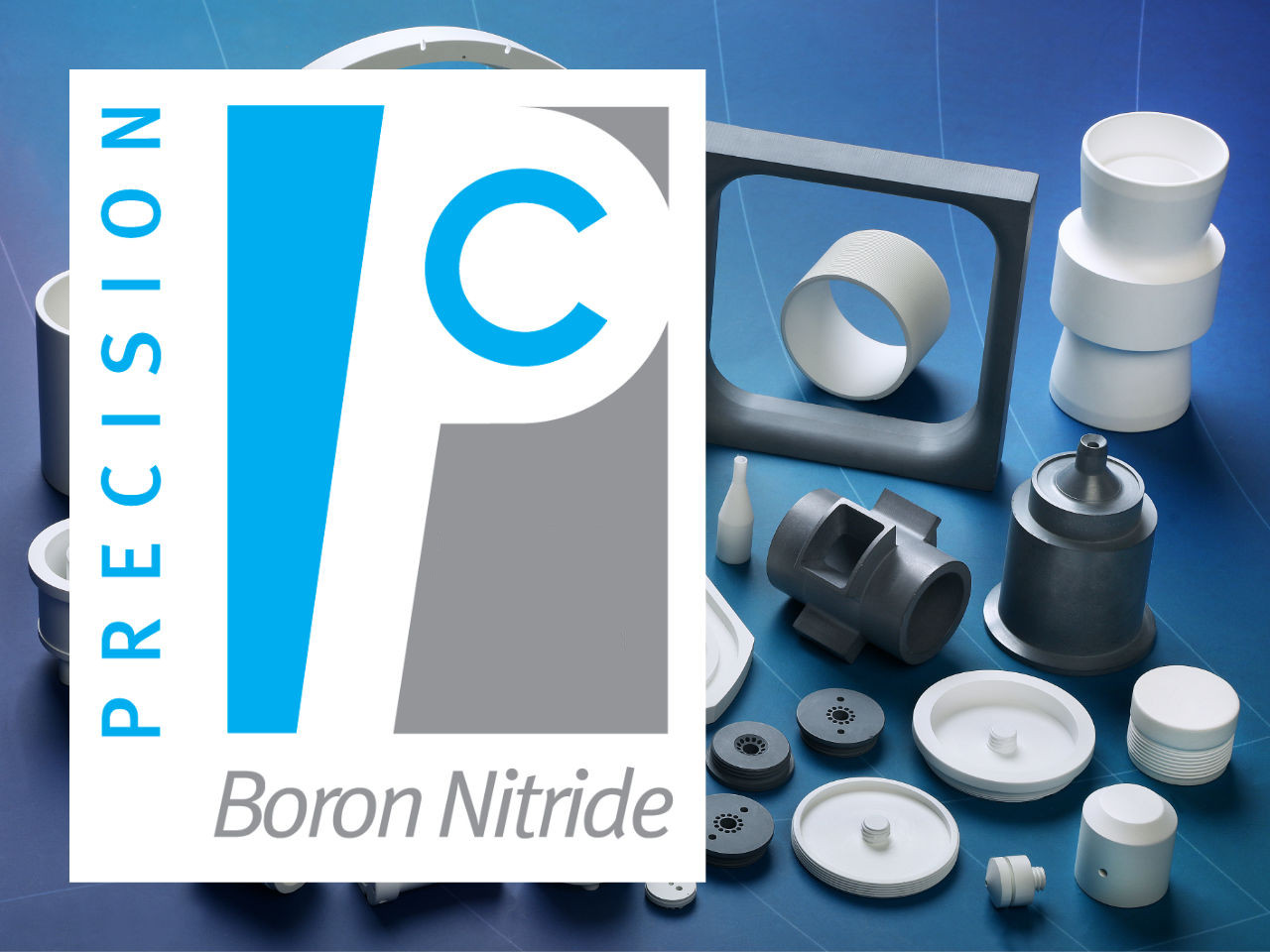
Boron Nitride (BN)
Boron Nitride (BN) is an advanced synthetic ceramic material available in solid and powder form. It has outstanding thermal conductivity and is easy to machine.
Details

Shapal Hi M Soft™ - Machinable AlN
92 [W/mK]
Shapal Hi-M Soft is a hybrid type of machinable Aluminum Nitride (AlN) ceramic that offers high mechanical strength and thermal conductivity.
Details
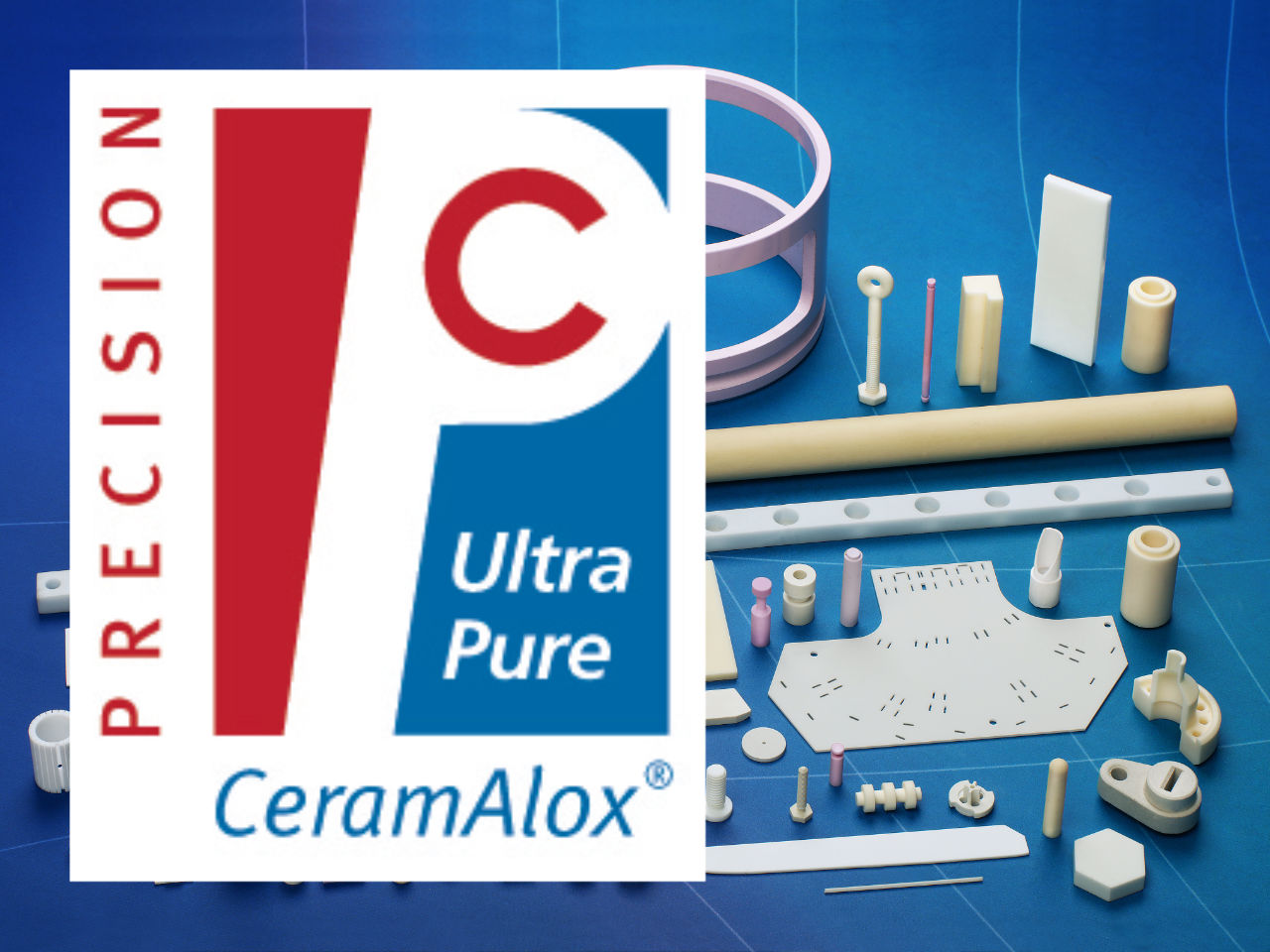
Alumina (Al2O3) – CeramAlox™ Ultra Pure
CeramaAlox Ultra Pure is a very high purity (99.95%) grade of Alumina (Aluminum Oxide) exhibiting an exceptional combination of mechanical and electrical properties.
Details
Ceramic Material Comparison Chart
Related Properties
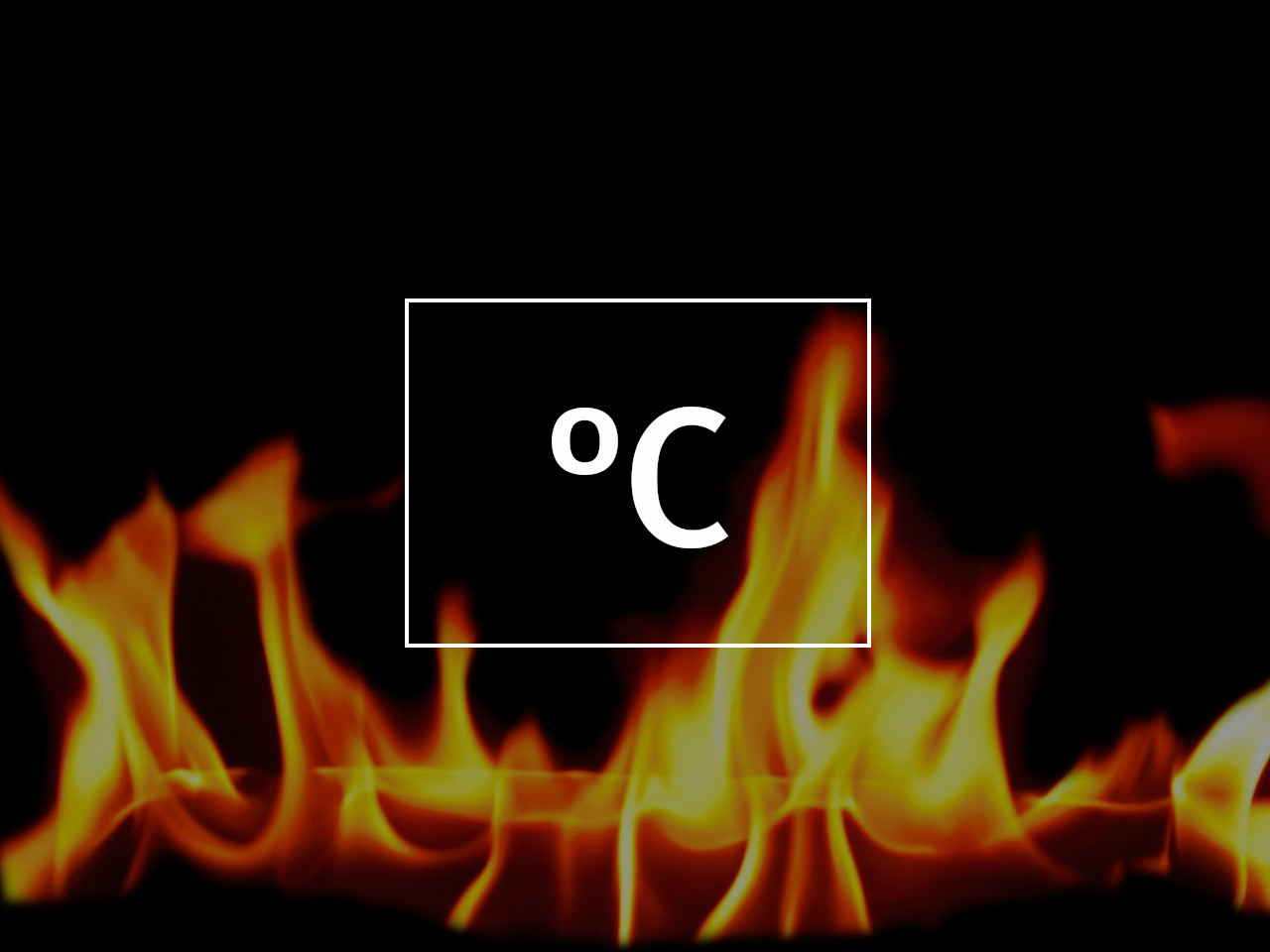
Maximum Temperature
Advanced ceramics are well known for their heat withstanding properties in which they only start to melt at temperatures around 2000℃. In comparison to more common ceramic materials such as tile or brick, they start to melt at temperatures around 650℃.
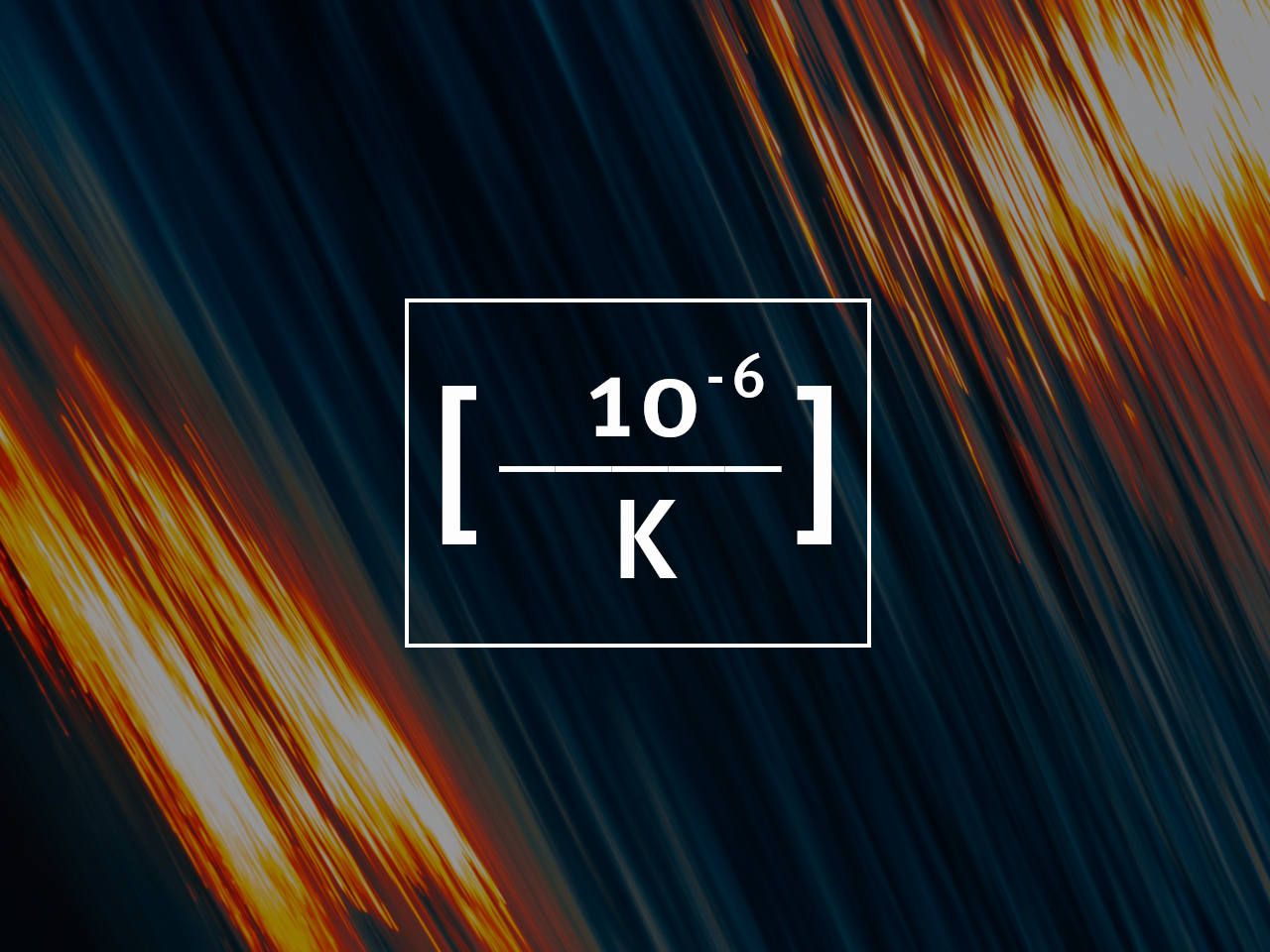
Thermal Expansion
Advanced ceramics have generally low coefficients of thermal expansion which is the measure of how much a material expands due to a rise in temperature. When heat is applied to most materials they expand due to their atomic structure, due to ceramics atomic composition they are able to stay stable across a wider range of temperatures.

